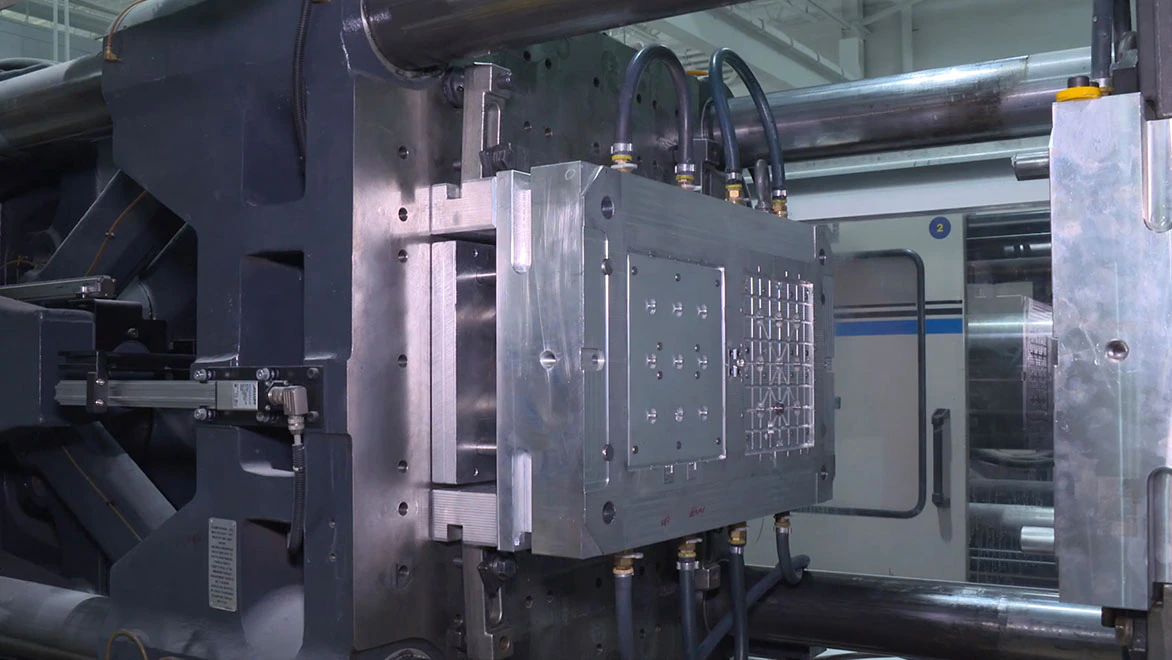Low volume production of cars parts
There is a growing demand for low volume production as businesses look to manage costs and produce in smaller quantities as required. The car industry is no different, as manufacturers look for low volume production of cars parts.
Low volume automotive parts, how they can be produced?
At Malcolm Nicholls we can support the automotive industry with low volume production of cars parts in a number of ways.

Vacuum Casting
Low volume vacuum casting is a technique for reproducing parts, frequently utilised in the prototyping phases of product creation.
MNL has extensive experience in working with the automotive industry, and has successfully applied low volume vacuum casting to create a variety of low volume production for cars parts and prototypes. This includes both interior and exterior parts, as well as engine components.
To create simulated engineering plastics, masters from any source or 3D printing technology are employed to create silicon tools that may be used for low volume vacuum castings in a wide range of materials.

3D Printing
Malcolm Nicholls has used 3D printing technology for over 25 years to provide low volume production of cars parts and prototypes to the automotive industry.
3D printing can help lower costs and time. Plastic parts created using 3D printing are less expensive to manufacture and take less time to make in-house. This means that manufacturing costs will be reduced, especially when dealing with the production of complicated bodywork.
As we are home to two of the UK’s largest 3D printers and a superb build platform of 800 x 800 x 600mm along with a suite of other machines we have the technology and build capacity to suit our clients needs, using Malcolm Nicholls’ exclusive 3D-printing technology allows car model designs, prototypes, testing, and production to be done more efficiently.
Using a previous client as an example we were asked for a complete set of car headlights and reflectors, Malcolm Nicholls ltd were given finished 3D CAD data and then able to produce 3D printed masters. The composite materials were then used to fabricate the equipment required for injection moulding. The total lead time from concept to delivery was just four weeks, which is significantly less than the time it would have taken using conventional production methods.

Injection moulding
Low volume Injection moulding is a process that can be used to create automotive parts from various materials. The process involves injecting molten material into a mould, which is then cooled and ejected. Injection moulding can be used to create a variety of low volume production for cars parts, including bumpers, door panels, and dashboards.
Injection moulding is a popular choice for automotive parts because it is a versatile and cost-effective manufacturing process. Injection moulding can be used to create parts with various features, such as hollow sections, ribs, and undercuts. This flexibility allows manufacturers to create parts that meet the specific needs of their vehicles.
Low volume injection moulding is also a fast and efficient manufacturing process. Automotive parts can be created in a matter of minutes, reducing production costs and market time.
Producing car parts at low volume for car manufacturers UK
- Interior and Exterior Trim
- Lighting
- Powertrain systems
- Aesthetic sign off models
- Aeroacoustic and water ingress tests
- Wind Tunnel
- Under Bonnet
- After Market and Bespoke
- Crash Test
- All motorsport
- Reverse-engineered components for classic cars
- Seals and gaskets
- Showroom colour samples
- Student diploma show models
- HVAC
- Controls and Instrumentation
- Panel fit verification

Why choose Malcolm Nicholls for low volume production of cars parts
Whether you require finely detailed painted or plated components; or functional parts for PPAP, MNL provides cutting-edge and custom-built low volume automotive parts, prototypes and model-making techniques that can meet the most demanding automotive requirements.
Looking to Produce Multiple Parts?
We can produce anything from one to thousands
